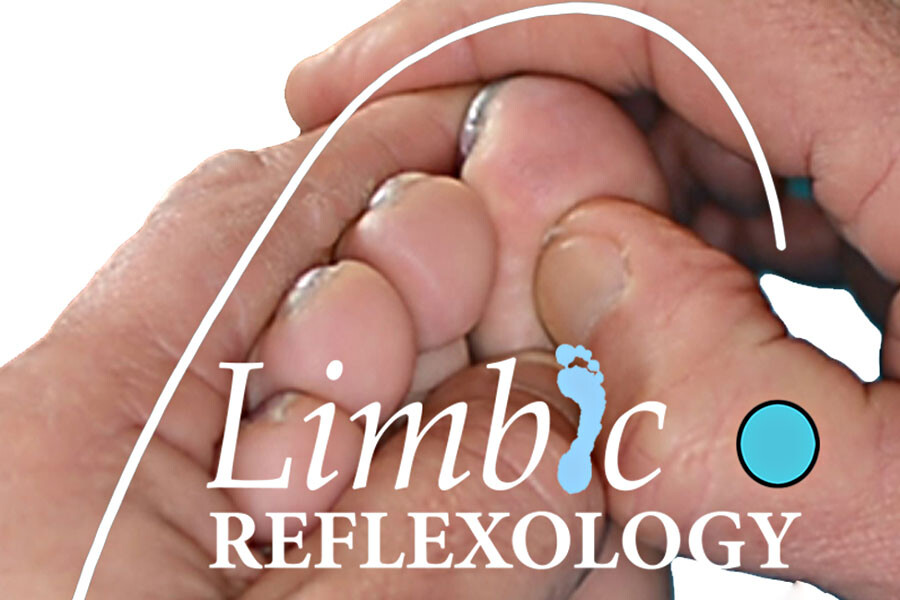
The restoration of homeostatic norms is the goal of any Reflexology approach and the limbic brain networks are at the centre of the regulatory processes that we call homeostasis. These networks are involved in memory, emotion and pain. They determine our emotional, behavioural and autonomic responses and our experience of pain. Disruption or altered function of those networks underpin many of the problems for which our clients seek our help. Limbic Reflexology provides us with around 30 precision limbic reflex areas relating to nuclei involved in those networks.
The Limbic Reflexology course begins with preparatory home study. On payment of the full fees, approximately six weeks before the practical training days, you will be enrolled in the online course ‘Preparing for Limbic’ which includes 24 video tutorials on working the Limbic reflex areas. Once enrolled, you will also have access to all the supplementary resources on the Limbic website. You should also study the 'Limbic Reflexology:Student Textbook', available from Amazon (about £ 19). The Dutch Edition is also available from Amazon. The online course and the Textbook have all the theoretical information that you will require. I recommend that you give yourself 6 weeks to familiarise yourself with this. There is a graded quiz in the online course. To get the best value from the course, you should complete this quiz before the practical training days.
Following the practical training days, you will then be enrolled on ‘Practicing Limbic’ online course which includes detailed guidance on completion of your case studies.
The two practical days will focus on learning all the Limbic reflex areas and the techniques involved. We will also explore some conditions appropriate for Limbic and learn how to formulate Limbic treatment plans for these conditions using relevant research. We also look at the use of appropriate outcome measures to measure the efficacy of our treatments. On the training days, you are provided with a manual which includes reflex maps and routines and all the paperwork for practice such as treatment sheets and outcome measures and guidance on research and case studies. You will also be given access to the student pages on the Limbic website where you can download resources and get links to material for researching conditions.
Following the two practical days, two case studies should be submitted within six months to attract the full certificate as Limbic Reflex Therapist. Detailed guidance for case studies is given on the practical training days. Limbic has proved to be appropriate for a wide range of problems as outlined in the Textbook. It especially useful for M.E./CFS and Fibromyalgia, which as you may know has features of anxiety, depression, chronic pain and general functional disability. One of the case studies, therefore, should be on someone living with Fibromyalgia.
Students of Limbic have found that adding Limbic to their toolbox has taken their work to a new level.
For more information about Limbic Reflexology and Limbic Reflexology Training Courses, visit https://limbicreflexology.com/
Hamish Edgar works as a Reflexologist in South Yorkshire, UK. Where he has lived for the past thirty years. Born in Scotland, he has until recently worked all his life in the field of mental health. In 2010, he trained in Sheffield UK with the IIR as a Reflexologist and began to develop a reflexology approach to mental health problems. Limbic Reflexology is the product of that work. He has been teaching Limbic Reflexology in the UK since 2013.
